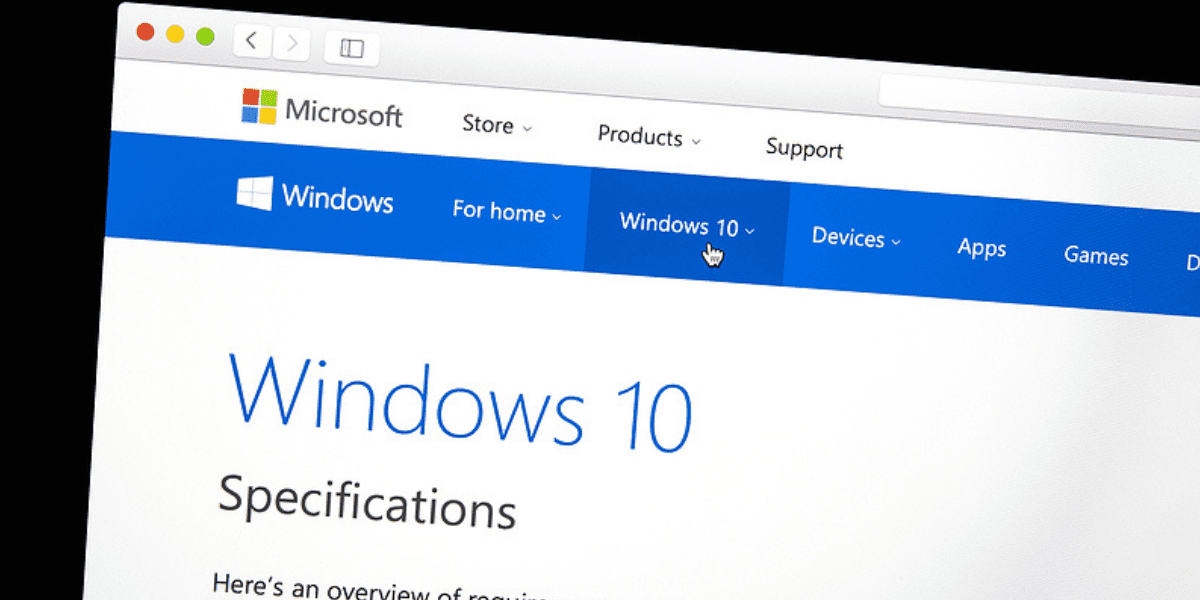Before engaging in a merger or acquisition, businesses should consider what that might mean for their technology – from which email domain will be used going forward, to how data is being managed. Combining or moving technology infrastructure and processes can be a lengthy and involved process, especially if critical decisions aren’t made ahead of time. Below we dig into the topics that should be discussed and decided on before the merger or acquisition takes place to ensure a smooth transition.
Decisions about whether employees will come into the office or work remotely are also vital during this time, as technology can streamline and simplify remote employee onboarding. Involving a managed service provider (MSP) early in the due diligence process can expose overlooked issues and suggest technology solutions to enhance your business processes. These solutions can also boost security, providing more data protection while enabling employees to work from where they are with all the access they enjoy in the office.
Should You Migrate Email Domains?
When two companies come together, there are many changes but it’s not unheard of for a newly merged company to almost forget about a major change that needs to be made: a singular email domain. Before the deal is done, be sure to discuss whether to merge email domains and the possible ramifications of a transition.
In the case of an acquisition, it may make more sense for the acquired company to take on the domain of the acquiring company. Perhaps the acquired company needs its distinct email addresses to support other branding efforts, or the former email addresses could simply be forwarded to their new address. Developing solutions for any given situation can be simple, but a consensus must be reached first.
Move to the Cloud or Keep Physical Servers?
Determining what to do with hardware is essential. Merging companies may move all their data to the cloud or retain it in physical servers. If the decision is to remain in a physical server, will the servers be in a data center, or is there room for the servers in-house? Independent data centers can be small and may lack resources or infrastructure that larger data centers, such as those owned by Microsoft or Amazon, have to spare.
If an independent data center is your choice, consider the possibility of a disaster affecting your business’ equipment. A flood, power outage or other calamities could potentially strike, leaving your data vulnerable. Larger facilities like Microsoft have multiple large data centers scattered across the United States and other places around the globe. Should a server housing your data go down, Microsoft can have your data backed up by another machine almost immediately, minimizing any potential disturbance to you or your workers. Some cloud-based software can reduce reliance on in-house servers, allowing for a move to the cloud.
Will You Be in-Office, Remote or Hybrid?
Deciding whether to allow employees to work remotely can be impacted by the effort it takes. Still, there are technological solutions that can make the process seamless and scalable. Microsoft Azure Active Directory (Azure AD) is a fully cloud-based identity and access management software that, in many cases, does not require any on-premise servers.
In a previous blog, we discussed the five ways Azure AD can be integrated into the workplace. Organizations of all sizes can utilize the software and feel assured that their data is protected. Azure AD offers built-in multi-factor authentication and, by implementing Azure AD policies and procedures, IT security risks can be reduced even further.
Other cloud-based solutions include Microsoft Intune, which can automatically perform tasks typically completed by help desk employees. Intune can install new software, roll out mass updates or manage other configurations. These configurations can be applied to the entire company or a subset of your organization to provide your business with the security and flexibility it needs.
With Microsoft Autopilot, it’s possible to deliver a new PC that has already been fully customized and configured to a specific user, without the need for IT staff to be physically involved at all. The device can be shipped from the manufacturer directly to your business. To set up the new computer, the user simply needs to plug it in and log in, at which point all their apps and files will appear.
Do You Have the Right IT Expertise to Navigate These Decisions?
The right technology can save time and effort during a tumultuous period. Working with an experienced MSP that can evaluate platforms and processes and introduce best practices during the due diligence phase is vital to the success of a merger or acquisition. An MSP can also help businesses prevent roadblocks common in the migration process before they arise.
Anders Technology group has the experience and a proactive process management system to predict roadblocks throughout the combination. By reviewing business processes in addition to the tech stack, advisors can tailor their strategy and approach to what best suits the client. This in-depth analysis of your organization also allows advisors to organize data in a way that supports your processes and to create a technology environment that can be scaled up as your business continues to grow over the next several years.
Completion of a migration doesn’t mean our job is finished, either. Advisors make themselves available after the migration to support clients through any unforeseen difficulties. Whether it’s after work hours or after migration completion, Anders is determined to see your business succeed and is willing to go the extra mile to ensure it.
Anders Technology has both the expertise and the experience to guide you to a solution that’s tailored to your company’s unique and specific needs. With Anders as your merger and acquisition technology partner, your organization can manage your technology stack with ease and confidence. Contact Anders below to request a meeting.





